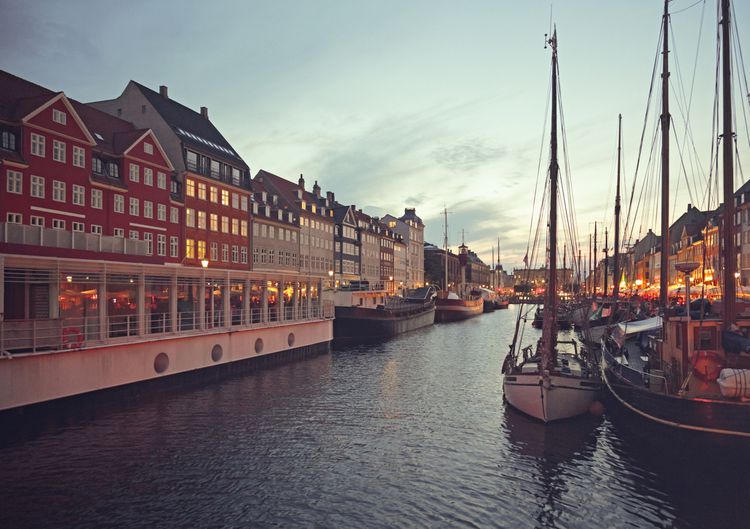November is still autumn on the calendar, but in Scandinavia, it marks the onset of winter, which comes early and lasts long. In the five countries that comprise Scandinavia—Norway, Denmark, Sweden, Finland, and Iceland—it is characterized by dark days with shortened daylight hours. The scenery can often seem dreary and bleak, with the countryside blanketed in thick snow. Interestingly, tourism remains low this month, leading to significant savings on airfare and hotel prices for off-season visitors.
Scandinavia Weather in November
By November, winter has firmly settled in Scandinavia. The weather in Scandinavia varies significantly by destination. For instance, Copenhagen, Denmark, enjoys a mild, temperate climate, with average high temperatures around 40°F and approximately 2.5 inches of rainfall. In contrast, Helsinki, Finland, experiences colder winters, typically with high temperatures in the 30s and about 3 inches of rainfall.
In many parts of the region, expect winds and rainfall that may turn into snow as one ventures further north. Passing cold fronts can bring precipitation, often followed by cold, clear weather accompanied by a few clouds. One of the advantages of visiting Scandinavia during this cold season is the opportunity to catch a glimpse of the Northern Lights, illuminating the crisp nighttime skies.
What to Pack
During this time of year, dressing in layers is essential, as November can get quite cold during the day and frigid at night. Consider wearing thicker long-sleeved shirts layered with a breathable yet warm fleece or wool sweater that can be easily removed indoors. If skiing or sledding is on your agenda, pack well-insulated clothing.
Events
While things slow down in Scandinavia during the winter months, several annual events featuring music, films, and food attract visitors despite the chill:
- Iceland Airwaves: This music festival, held in various venues around downtown Reykjavik, showcases new bands from Iceland and beyond, typically during the first week of November.
- Stockholm International Film Festival: Lasting 12 days in mid-November, this event presents about 200 films from various genres, along with opportunities for seminars involving actors and filmmakers.
- Rakfiskfestival: This festival celebrates the traditional Norwegian dish made from salted and fermented trout, drawing attendees to the town of Fagerness for a three-day event featuring the salty fish and local beverages.
Travel Tips
- In November, two notable religious holidays occur: All Saint’s Day and St. Martin’s Day. Although not strictly observed, if you are in Scandinavia during this time, you may witness families gathering for large meals and may find it challenging to secure restaurant reservations near these holidays. All Saints’ Day traditionally observed on November 1, marks the first day of the Scandinavian winter and serves to honor the dearly departed.
- Moreover, be mindful that Europe’s electrical system differs from that of the U.S. in two key ways: the voltage of the current and the shape of the plug. Most American appliances run on 110 volts, while European systems operate on 220 volts. Therefore, check your device to see if it supports 220 volts, and bring a prong adapter if needed.





